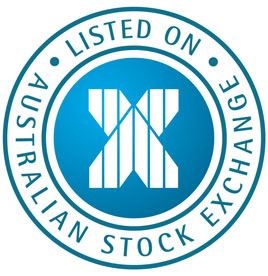
by Chris Weston, IG
It’s been a strange day in Asia, with traders having to deal with a barrage of Asian economic numbers, as well as preparing for key upcoming events.
The market was keen to look at the Japanese Q3 TANKAN report and, while the headlines will state that corporate Japan is happy to increase capital expenditure plans by 8.6%, there are some concerning numbers to focus on too. Some confidence was seen in large manufacturing but the same can’t be said for the outlook, with those surveyed painting a less rosy picture. The fact that we saw household spending (released yesterday) fall 4.7% paints a fairly clear picture here, and this survey will do little to change the view that the JPY is simply a horrible currency to own.
USD/JPY has been heavily traded today and, after a brief dip following the TANKAN release, saw strong bids coming back into the market, with ¥110 acting as a magnet. With hindsight, the move from ¥102 seems like such an obvious trade, but what we have seen over the last couple of weeks has been a lesson in trend following.
How London deal with the move will be interesting, but looking at the fact the stochastic failed to print a higher high on the move through ¥110 suggests the possibility of a reversal has increased. Comments from the Japanese deputy chief cabinet secretary that he is watching ‘the yen’s movement closely’ have been noted, as his comments join a growing band of officials speaking out about the currency.
The other currency pairing that has been the talk of the town is AUD/USD. It’s amazing that data that monitors activity in August still moves markets, but the 30 basis-point miss on the retail sales print (the actual print was +0.1% month-on-month) has seen traders wade into again to AUD/USD shorts. The Aussie 10-year treasury has fallen a couple of basis points.
Perhaps today’s fall was given extra legs from the USD/JPY move (i.e. general USD strength), but the pair has fallen five pips shy of the year’s low of $0.8660. All eyes now fall on the RBA’s response next week and, while they would be happy with the 3.9% fall in the trade-weighted AUD since the last RBA meeting, it seems logical they would temper this enthusiasm with the fact that terms of trade are also in freefall. Naturally, the RBA would be hoping the falls were driven solely by goodwill towards the USD.
On the equities front, traders have focused on the ASX 200 and Nikkei with the Chinese and Hong Kong markets closed. The ASX 200 has been interesting and it seems participants have started the new month on a more optimistic note. Things were looking bleak after the unwind of the morning auction, but something changed when a massive wave of buying hit the market, with good bids in banks and industrial names. Having fallen to a low of 5244, the bulls have taken the market above Tuesday’s high of 5292.91, printing a sizeable bullish outside day reversal. This still has to play out, so we will need to see follow through buying tomorrow. Nevertheless, the bears will have taken notice of this price action.
European markets look set for a weak open, with S&P futures headed lower immediately after the close of the European session. In terms of drivers, both Europe and the US keep the manufacturing theme going after shocking manufacturing figures in Australia and Korea today. China’s official manufacturing printed 51.1 – modestly hotter than forecast. It’s interesting to see CME copper actually fall on this data point and it looks set to crash through $3.00 p/lb.
USD bulls will be focusing on the US manufacturing ISM (expected to expand at a slightly slower rate of 58.5), while the ADP private payrolls is expected to start the usual lead into Friday’s payrolls report (economists expect 205,000 jobs). EUR/USD is eyeing the €1.2500 level, but we will need to see US data blow away consensus this week for it to materialise, while traders will continue to pre-position for the ECB meeting tomorrow.